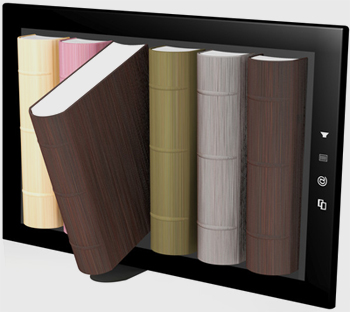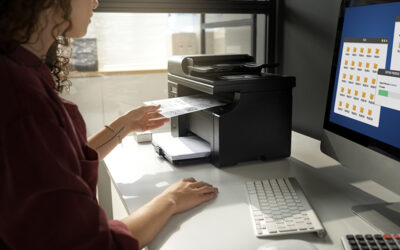 Digitization of rare books and manuscripts has opened new ways to discover information and to conduct research. Digitally converted collections can be easily accessed via the internet, which in turn has broken down traditional barriers created by geographic distance, political boundaries, economic circumstances, and cultural sensitivities. It transforms the discoverability and the application of rare and special collections to a greater extent than it does for a general library collection.
Digitization of rare books and manuscripts has opened new ways to discover information and to conduct research. Digitally converted collections can be easily accessed via the internet, which in turn has broken down traditional barriers created by geographic distance, political boundaries, economic circumstances, and cultural sensitivities. It transforms the discoverability and the application of rare and special collections to a greater extent than it does for a general library collection.
Recently, it was reported that the American Heritage Center is digitizing many of its rare collections. AHC is the University of Wyoming’s (UW) repository of manuscript collections, rare books, and the university archives. This year, the center received a grant of $10,500 from the Wyoming Cultural Trust Fund to digitize the collections of three pioneering Wyoming women as well as the records of the League of Women Voters of Wyoming.
Creating a Digital Collection
A digital collection can be created through the following steps.
- Inspecting and preparing the materials for digitization: Materials to be digitized will be removed from their permanent location for close evaluation. The fragility of the materials is estimated to ensure their safe handling during the scanning process. The object should be checked against the metadata to ensure that all of the parts are in order and should be foliated if necessary.
- Digitization process: The stages in digitization include:
- Selection of the right digital capture equipment for digitization and to attain the goals of the project, for example, high resolution digital cameras are recommended for medieval manuscripts, and a flatbed scanner for modern photograph collections
- Determining the requirements regarding resolution, color depth, and lighting by taking into account any specific standards and recommendations generally accepted for the particular material, or according to the requirements of the archival master copy
- The look and feel of the original object should be preserved to the possible extent by providing adequate care during the scanning process
- Post-capture image processing: In order to ensure the accuracy and integrity of the end product, images should go through a quality control process. During the process, images that do not meet the quality standards of the project should be photographed again and replaced.
Digitization at AHC involves the collections related to the League of Women Voters of Wyoming records and that of Edith K. O. Clark, Sheila Arnold, and Harriett E. Byrd. These ladies have made some contribution to politics in historic times. The collections to digitize contain daily diary entries covering many years, accompanied by photographs, newspaper clippings, drawings and notes. Scanning of these collections is done with the help of book scanner and film scanner and the finished stuff is made available online at the AHC website.



